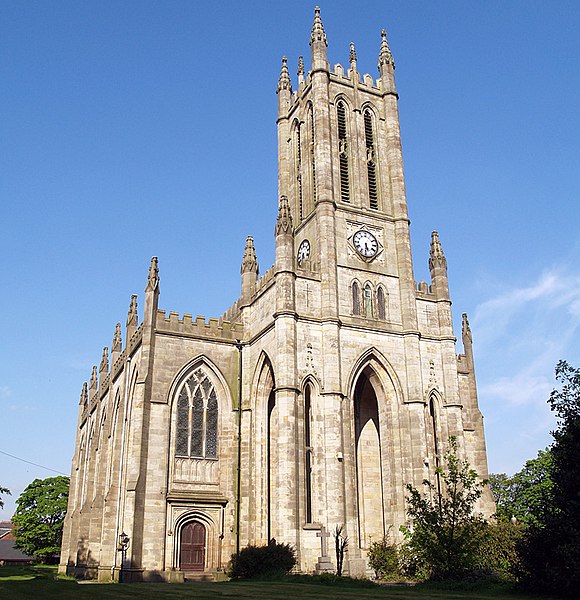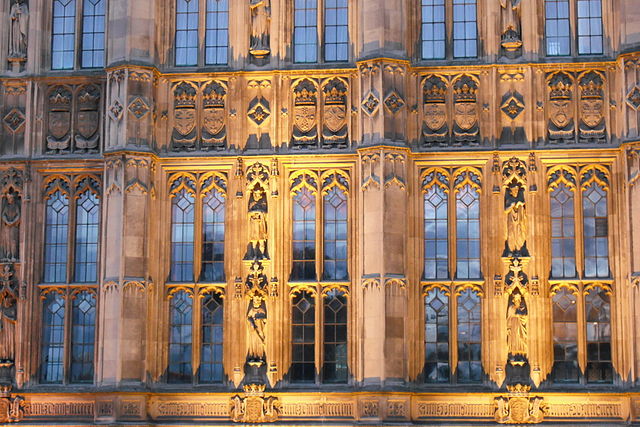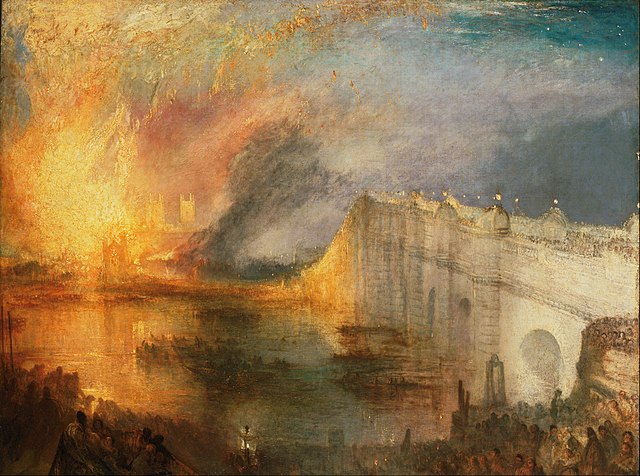Sir Charles Barry FRS RA was a British architect, best known for his role in the rebuilding of the Palace of Westminster in London during the mid-19th century, but also responsible for numerous other buildings and gardens. He is known for his major contribution to the use of Italianate architecture in Britain, especially the use of the Palazzo as basis for the design of country houses, city mansions and public buildings. He also developed the Italian Renaissance garden style for the many gardens he designed around country houses.
Barry c. 1851
All Saints' Church, Whitefield
Holy Trinity Church, Hurstpierpoint
The Grade I-listed Manchester Art Gallery (1824) and the Grade II*-listed Athenaeum (1837) in Manchester
The Palace of Westminster is the meeting place of the Parliament of the United Kingdom and is located in London, England. It is commonly called the Houses of Parliament after the House of Commons and the House of Lords, the two legislative chambers which occupy the building. The palace is the centre of political life in the United Kingdom; "Westminster" has become a metonym for the UK Parliament and the British Government, and the Westminster system of government commemorates the name of the palace. The clock bell in the Elizabeth Tower of the palace, nicknamed Big Ben, is a landmark of London and the United Kingdom in general. The Palace of Westminster has been a Grade I listed building since 1970 and part of a UNESCO World Heritage Site since 1987.
Seen from across the River Thames in 2022
Palace of Westminster
J. M. W. Turner watched the fire of 1834 and painted several canvases depicting it, including The Burning of the Houses of Lords and Commons (1835).
The old chamber of the House of Commons was in use between 1852 and 1941, when it was destroyed by German bombs in the course of the Second World War.








